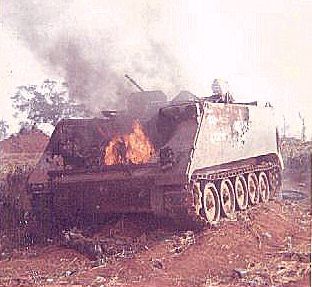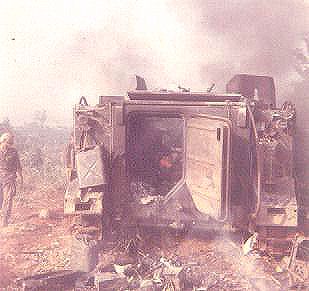Yep, there are loads of possibilities.
Go on, ye doubters. The obvious explanation - that I watched on TV, having switched on just in time to see the second impact - is obviously insufficient. Engineering teaches me that in general the obvious explanation is the right one, so why is it that having seen a jet liner carsh into a building I should think of mossad bombs not an Al Qaeda plot taking advantage of deficiencies in the US domestic airline security set up?
I’m not sure what to believe but the way the towers fell is just wrong, why would they go strait down, in particular the building that got hit in the corner, would it not have fallen towards the corner? That’s what my knowledge of engineering tells me.


